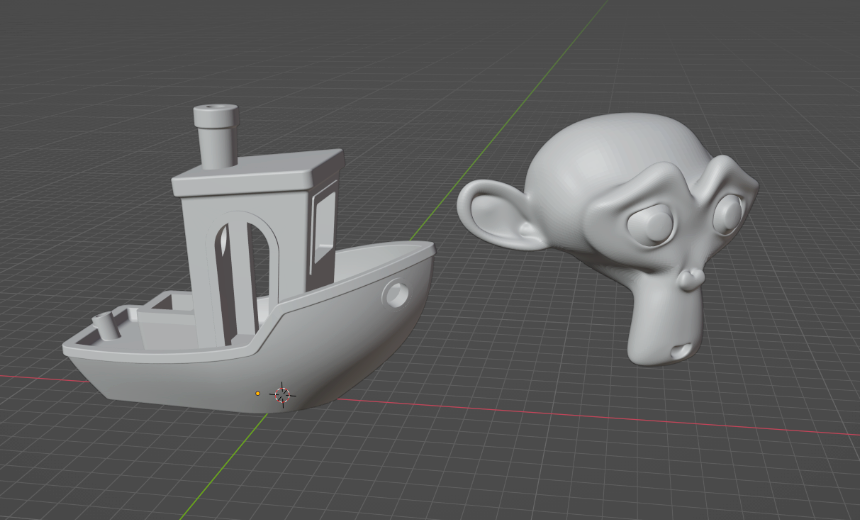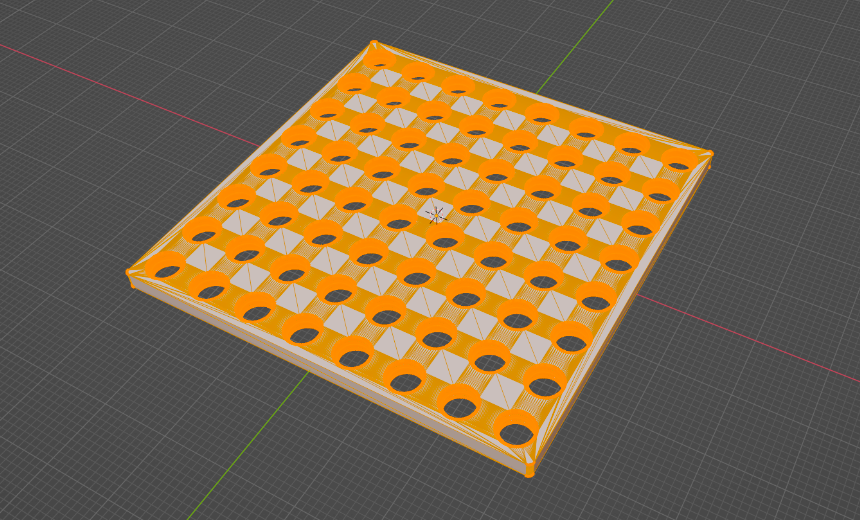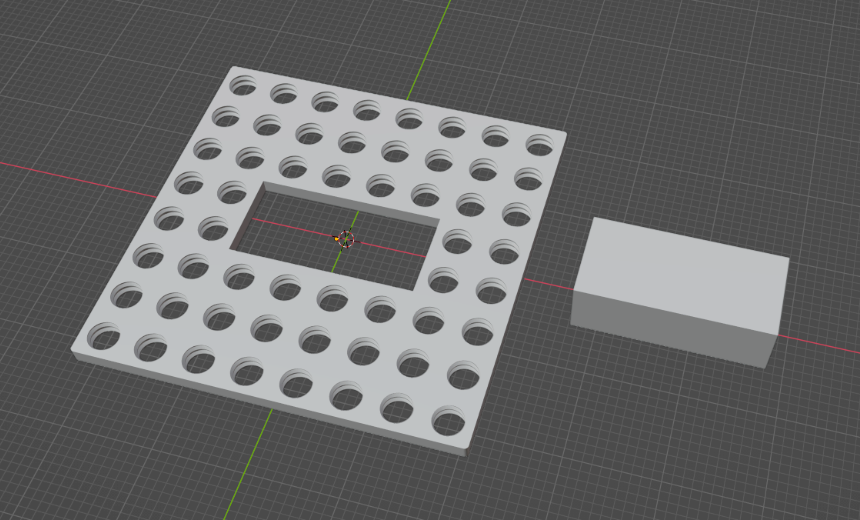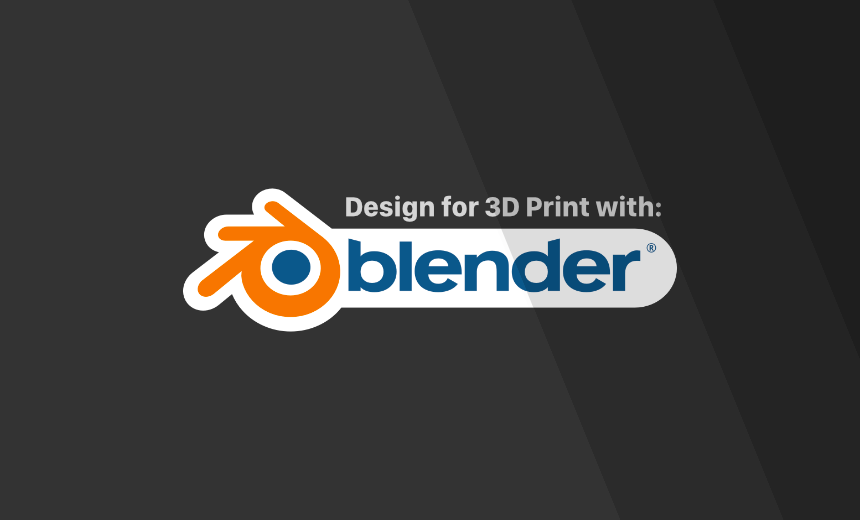Blender is a free and open-source 3D modeling program with a wide range of powerful capabilities. It is used by many well-known companies such as Facebook, Ubisoft, and even Lockheed Martin!
Blender was originally created by a Dutch animation studio back in 1995 as an in-house modeling application. After a series of company shutdowns, continuations, crowdfunding, and advertising campaigns, Blender was released to the world as a free, open-source tool. It receives regular updates and releases from worldwide open-source contributors and financial backers, such as 3D Printer Academy, and is driven by a dedicated group called the Blender Institute and the Blender Fund.
In terms of 3D modeling, Blender offers tools for both hard surface and organic modeling. Users can import a variety of available 3D file types like STL, OBJ, and more, and export them as well. Blender provides users the ability to edit these existing model meshes on vertex, edge, and faces—all possible levels of detail. Of course, users can also generate and create new models from scratch—using primitive shapes like cubes, spheres, and more as a starting point. These tools form the basis for effective hard-surface modeling. Blender also has an entire suite of digital sculpting tools that mimic the movements and techniques of real-life clay sculpting, as well as many global mesh editing tools that can simplify a model into fewer faces, almost generating polygonal art if highly detailed models are used. Indeed, the versatility of Blender is well established and offers strong tools for users who take the time to learn them. The major benefit of Blender is that it provides all these features at absolutely no cost to the user, with more features and add-ons being developed by the open-source community all the time.







